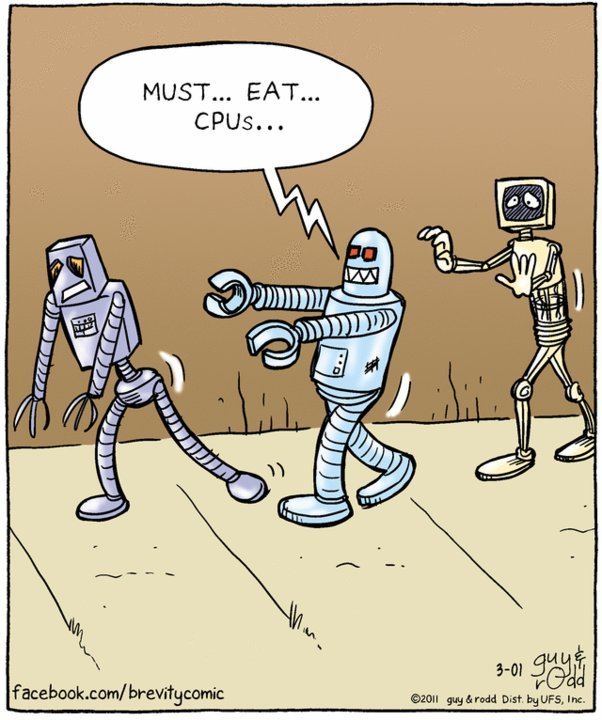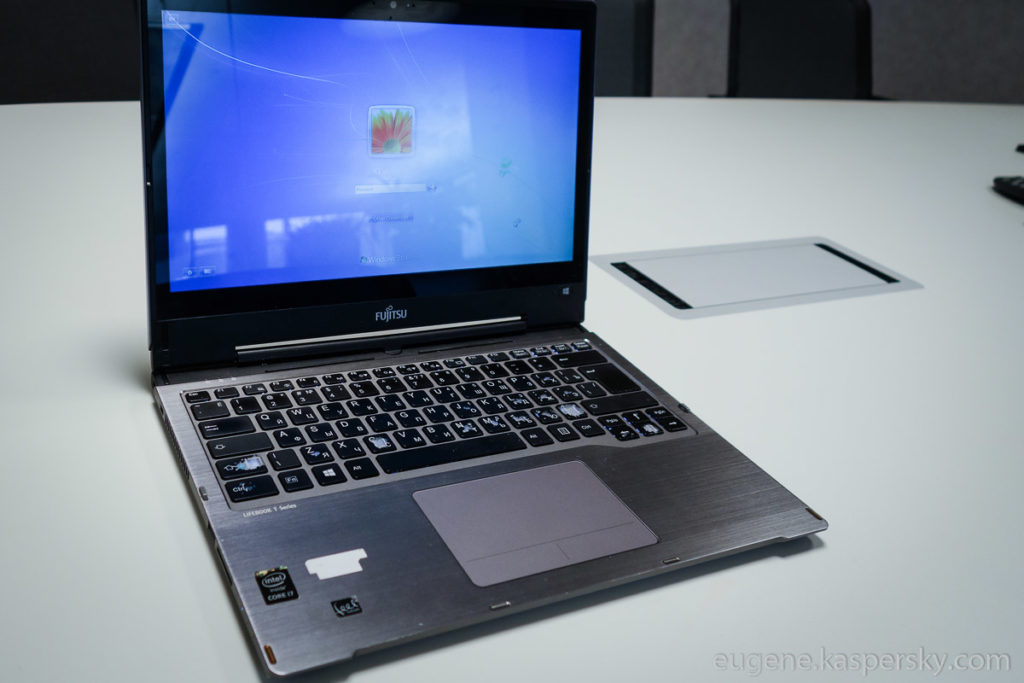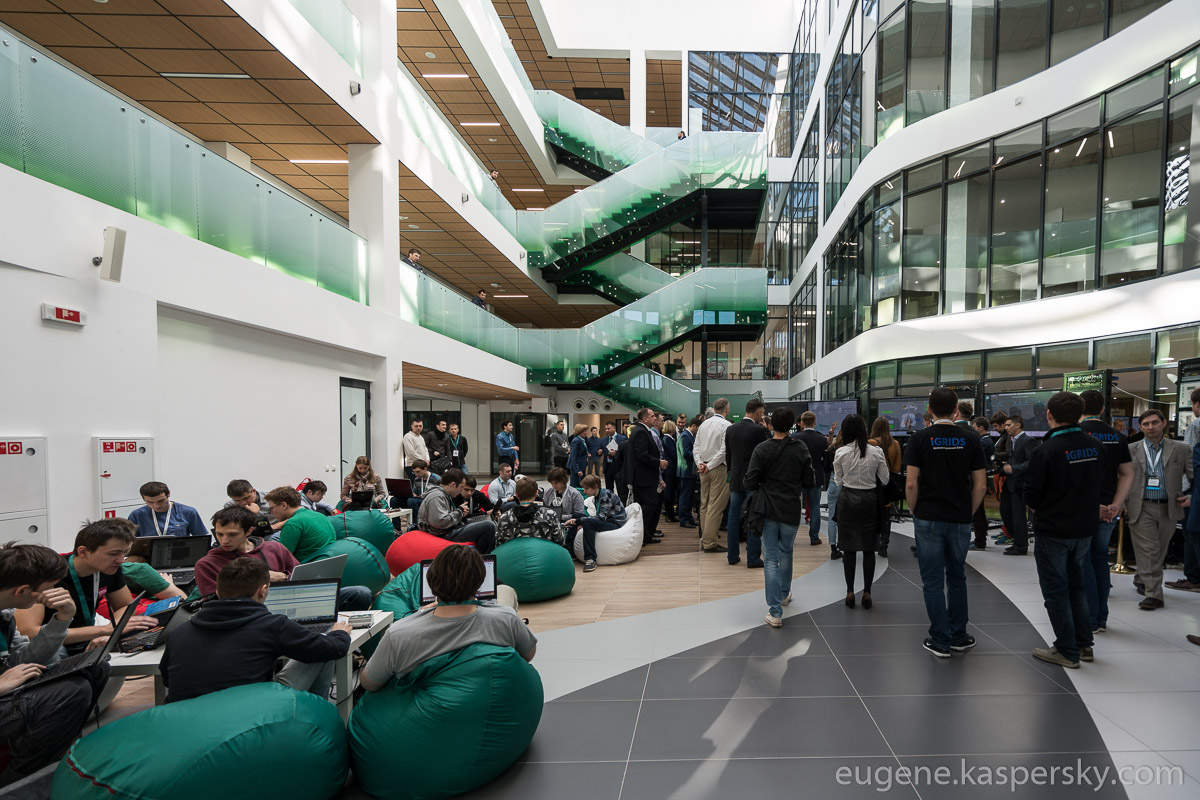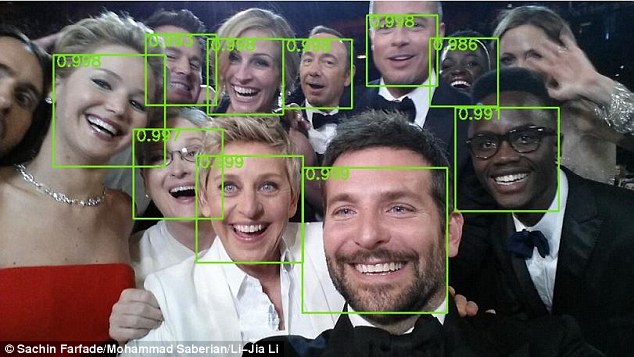December 6, 2016
A Brief History of DDoS Attacks.
And so it’s come to pass: the abbreviation ‘DDoS‘ has entered the lexicon to such an extent that it often doesn’t get written out in full these days in the general interest newspapers. Well, some actually may still not know what it stands for, but everyone and their dog does know that a DDoS is very bad thing for a certain large target, with something very important suddenly not working, with employees twiddling their thumbs as the network’s down, and with their tech-support’s telephones requiring an ice bath as they’re so hot from ringing – and disgruntled clients swearing down them all the time. What’s more, everyone and their cat also knows that normally a DDoS attack gets carried out by unknown, mysterious – and just plain bad – cyber-enemies.
DDoS attacks have evolved very quickly, as you’ll find out reading this blogpost. They’ve grown much nastier and become a lot more technically advanced; from time to time the adopt utterly unusual attack methods; they go after fresh new targets; and break new world records in being the biggest and baddest DDoS’s ever. But, then, the world in which DDoS find themselves in has evolved very quickly too. Everything and the kitchen sink is online: the number of assorted ‘smart’ [sic] devices connected to the net now far outstrips the number of good old desktop and laptop computers.
The result of these two evolutions running in parallel – of DDoS’s themselves plus the digital landscape in which they dwell – has brought us equally evolved headlines: botnets made up of IP cameras and home Wi-Fi routers breaking DDoS records on size (Mirai), and massive DDoS attacks on Russian banks.
If, earlier, botnets were made up of zombie PCs, soon they’ll be made up of zombie refrigerators, vacuum cleaners, tumble dryers and coffee machines.






![YOU CAN NEVER GET TOO MANY AWARDS. SEE 1ST COMMENT FOR ENGLISH ⏩
"А из нашего окна страна Австрия видна!" - практически (с). Но в этих австриях я был не смотреть из окна, а по многочисленным деловым делам, первое из которых - лично получить несколько важных наград и множество сертификатов от независимой тестовой лаборатории AV-Comparatives.
Это далеко не первая наша награда. Скажу больше - на протяжении последних десяти лет по результатам независимых тестов к нам даже близко ни один конкурент не подобрался. Но почему тогда такое внимание конкретно к этой победе? Ответ простой: густопопсовый геополитизм. В наше весьма геополитически [очень мягко говоря] непростое время... Ну, если отбросить все казённые слова, то будет, как в известном анекдоте про поручика Ржевского. В той самой истории, когда ему указали повторить свою фразу без матерщины. На что тот ответил: "Ну, в таком случае я просто молчал".
Так вот, в наше "поручико-ржевско-молчаливое время" участвовать и получить первые места в европейских тестах - это за пределами научной и ненаучной фантастики. Что в целом совпадает с одной из основных парадигм моей жизни: "Мы делаем невозможное. Возможное сделают и без нас" (с). Большими трудами и непомерными усилиями - да! Это можно! Мы заделали такие продукты, такие технологии, такую компанию - что даже в непростое время нас и в Европах знают, уважают, любят и пользуются. Ура!](https://scontent-iad3-2.cdninstagram.com/v/t51.29350-15/430076034_1096357205018744_692310533755868388_n.heic?stp=dst-jpg&_nc_cat=103&ccb=1-7&_nc_sid=18de74&_nc_ohc=XLII-tX29aoAX80SM4u&_nc_ht=scontent-iad3-2.cdninstagram.com&edm=ANo9K5cEAAAA&oh=00_AfBINCtkZ3-r_aTvdSC36JELI05V6PuBnMWs672PK3GsBQ&oe=65E63D48)















